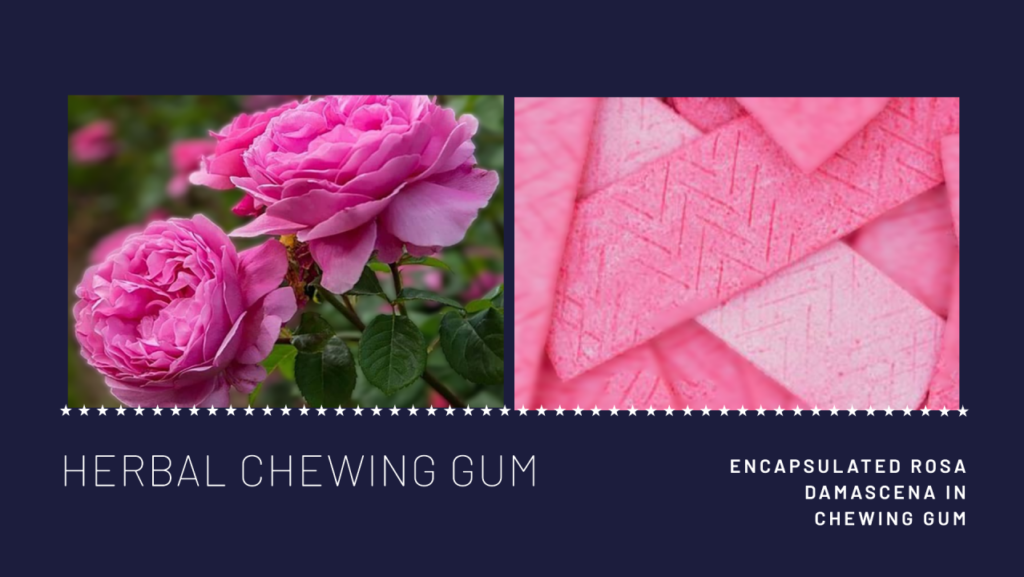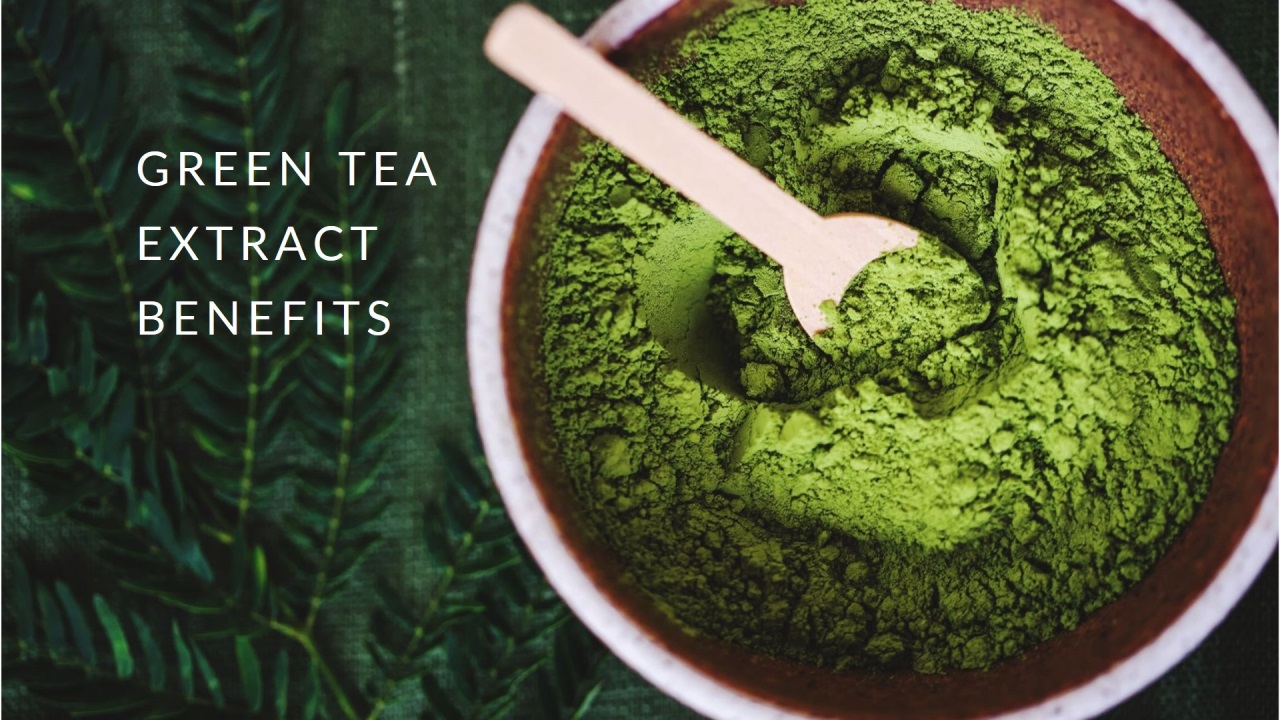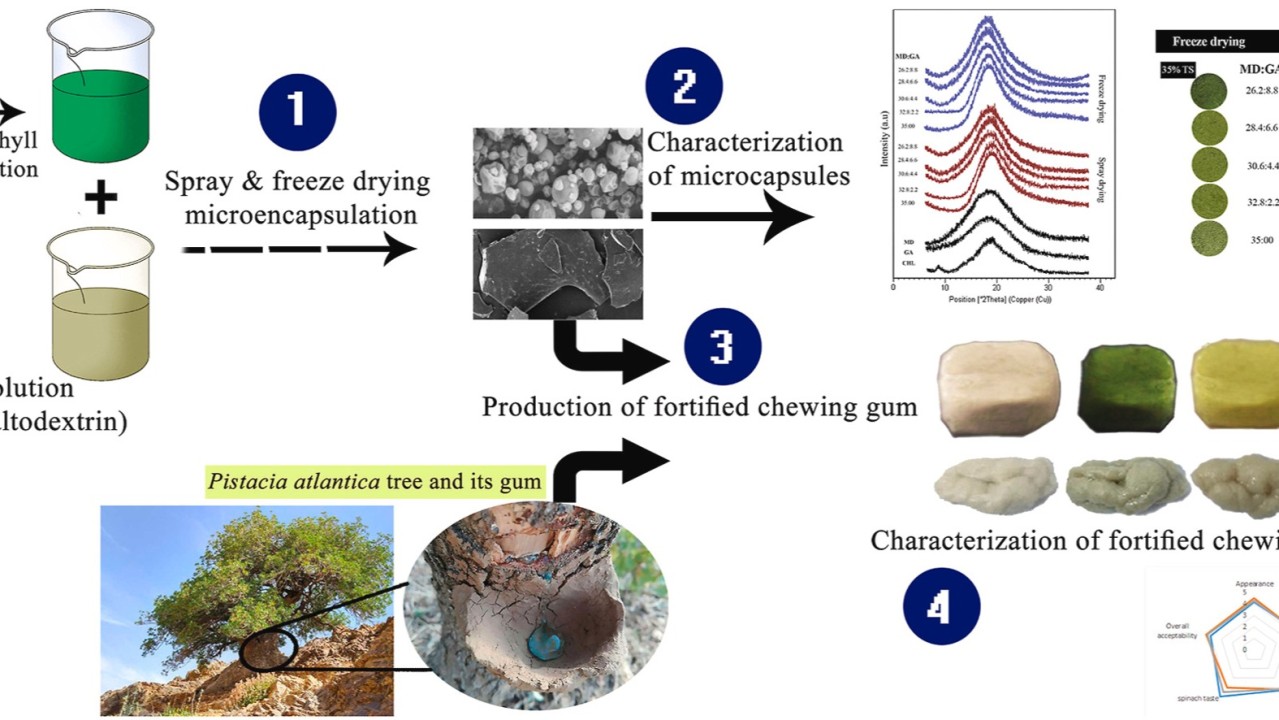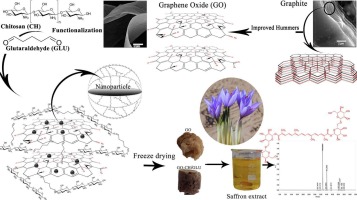A Novel Approach for Menstrual Pain Relief Encapsulated Rosa Damascena in Chewing Gum
Introduction
Rosa damascena, or Damask rose, is renowned for its aromatic qualities and therapeutic potential, particularly in alleviating menstrual pain (dysmenorrhea). With a significant percentage of women experiencing this condition, traditional pain management methods often fall short. This highlights the need for innovative solutions. The incorporation of nano-encapsulated Rosa damascena extract into chewing gum offers a novel and effective delivery system, enhancing bioavailability and ensuring the sustained release of bioactive compounds, thus maximizing therapeutic effects (Ramezani et al., 2020).
Bioactive Compounds
Rosa damascena is rich in bioactive compounds such as flavonoids, terpenes, and phenolic acids, which contribute to its anti-inflammatory, analgesic, and antioxidant properties. Key components like citronellol, geraniol, and quercetin work synergistically to reduce inflammation and modulate hormonal activity, making Rosa damascena a valuable natural remedy for menstrual discomfort (Boskabady et al., 2011; Tijani et al., 2017). For example, quercetin is known for its ability to inhibit inflammatory pathways, thereby providing pain relief.
Therapeutic and Nutraceutical Profiles
Historically used in traditional medicine to treat various ailments, the therapeutic profile of Rosa damascena is well-documented. Modern research confirms its efficacy in reducing the severity of dysmenorrhea (Hajhashemi et al., 2010). The plant also boasts a nutraceutical profile rich in vitamins C and E, essential fatty acids, and antioxidants, which support overall health and help manage the physical and emotional stress associated with menstrual cycles (Shirazi et al., 2022).
Methods of Encapsulation
Encapsulation is crucial for developing Rosa damascena-infused chewing gum. Techniques such as spray drying, coacervation, and nanoprecipitation are employed to incorporate bioactive compounds within a protective matrix (Santos et al., 2021). These methods enhance the stability and bioavailability of active ingredients by protecting them from degradation and ensuring controlled release upon chewing (Esmaeili & Asgari, 2015). For instance, spray drying involves evaporating a solvent, leaving behind a dry powder of the extract, while coacervation creates microcapsules that can encapsulate the bioactive compounds effectively.
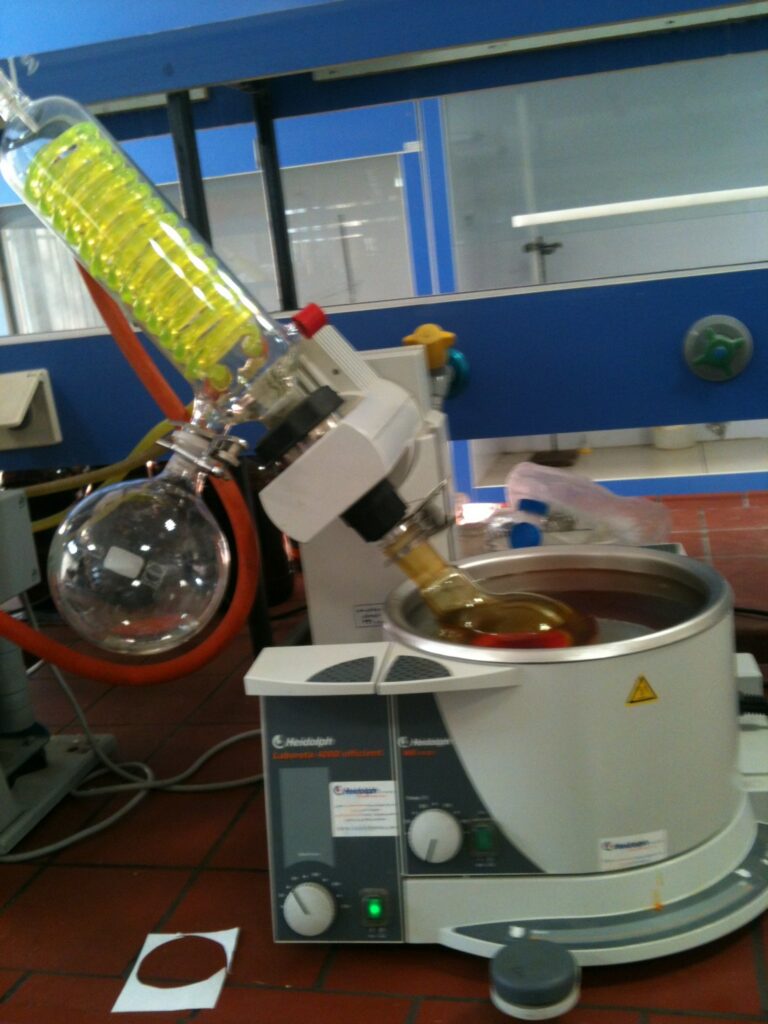
Fig. 1. Removing of solvent from Rosa damascena extract.
Applications of the Encapsulated Herbal Extract
The encapsulated Rosa damascena extract in chewing gum represents a user-friendly and discreet solution for managing menstrual pain. The gum releases the nano-encapsulated extract upon chewing, which is absorbed through the buccal mucosa for rapid relief (Zamani et al., 2019). This controlled release mechanism ensures prolonged therapeutic effects, offering a convenient alternative to traditional pain medications and paving the way for future functional foods aimed at women’s health (Rad et al., 2021; Rajabi et al., 2024).
Why Use Encapsulated Rosa Damascena in Chewing Gum?
1. Enhanced Stability and Bioavailability: Nano-encapsulation protects Rosa damascena’s bioactive compounds from environmental degradation, ensuring maximum potency upon release. This technique improves the absorption of active ingredients, leading to more effective pain relief (Ramezani et al., 2020).
2. Controlled Release: The chewing gum format allows for the gradual release of encapsulated extracts, providing a steady supply of analgesic and anti-inflammatory compounds. This controlled release reduces the frequency of dosing and allows for faster absorption through the oral mucosa compared to traditional forms (Zamani et al., 2019).
3. Masking the Herbal Taste: While Rosa damascena is known for its pleasant scent, its taste may be unappealing. Encapsulation helps mask this taste, allowing the gum to be flavored with popular options like mint, enhancing the overall user experience (Esmaeili & Asgari, 2015).
Choosing a Flavor for Menstrual Pain Relief
Selecting a flavor that complements Rosa damascena is crucial. Mint, for example, is widely accepted and associated with freshness and oral health benefits. Combining mint with the encapsulated Rosa damascena not only delivers effective menstrual pain relief but also provides an enjoyable chewing experience. Mint’s soothing properties can psychologically enhance the calming effects of Rosa damascena, making it particularly beneficial during menstrual discomfort (Boskabady et al., 2011).
Conclusion
Integrating encapsulated Rosa damascena extract into chewing gum presents a promising strategy for alleviating menstrual pain. By leveraging the plant’s rich bioactive profile and advanced encapsulation techniques, this innovative delivery system combines efficacy with convenience. As research continues to explore Rosa damascena’s full potential, its application in functional products like chewing gum could significantly advance women’s health and natural pain management.
References
– Boskabady, M. H., Shafei, M. N., Saberi, Z., & Amini, S. (2011). Pharmacological effects of Rosa damascena. Iranian Journal of Basic Medical Sciences, 14(4), 295-307.
– Esmaeili, N., & Asgari, S. (2015). Nano-encapsulation of plant extracts: A strategy for improving health benefits. Journal of Medicinal Plants Research, 9(9), 317-324.
– Hajhashemi, V., Ghannadi, A., & Hajiloo, M. (2010). Analgesic and anti-inflammatory effects of Rosa damascena hydroalcoholic extract and its essential oil in animal models. Iranian Journal of Pharmaceutical Research, 9(2), 163-168.
– Rad, J. S., Alizadeh, A., & Rahmati, H. (2021). Application of Rosa damascena in food and pharmaceuticals: A comprehensive review. Phytotherapy Research, 35(2), 808-821.
-Rajabi, H., Sedaghati, S., Rajabzadeh, G., & Sani, A. M. (2024). Characterization of microencapsulated spinach extract obtained by spray-drying and freeze-drying techniques and its use as a source of chlorophyll in a chewing gum based on Pistacia atlantica. Food Hydrocolloids, 150, 109665.
– Ramezani, M., Moallem, S. A., & Saeedi, M. (2020). Formulation and evaluation of Rosa damascena extract-loaded nanoparticles: A novel approach to improve analgesic activity. Journal of Nanomedicine & Nanotechnology, 11(4), 2-7.
– Santos, D. M., Oliveira, A. E., & Costa, M. A. (2021). Microencapsulation and nanoencapsulation of plant extracts in food applications: A review. Journal of Food Science and Technology, 58(2), 421-431.
– Shirazi, M., Mohammadi, A., & Asghari, G. (2022). The nutraceutical and therapeutic potential of Rosa damascena: An updated review. Journal of Medicinal Plants, 21(81), 43-57.
– Tijani, A. S., Yahaya, T. A., & Kareem, A. A. (2017). Anti-inflammatory and analgesic activities of Rosa damascena in rodent models. Journal of Ethnopharmacology, 202, 26-31.
– Zamani, H., Farzadnia, M., & Yousefi, M. (2019). Development of Rosa damascena chewing gum: A novel natural remedy for dysmenorrhea. Journal of Functional Foods, 58, 234-241.

